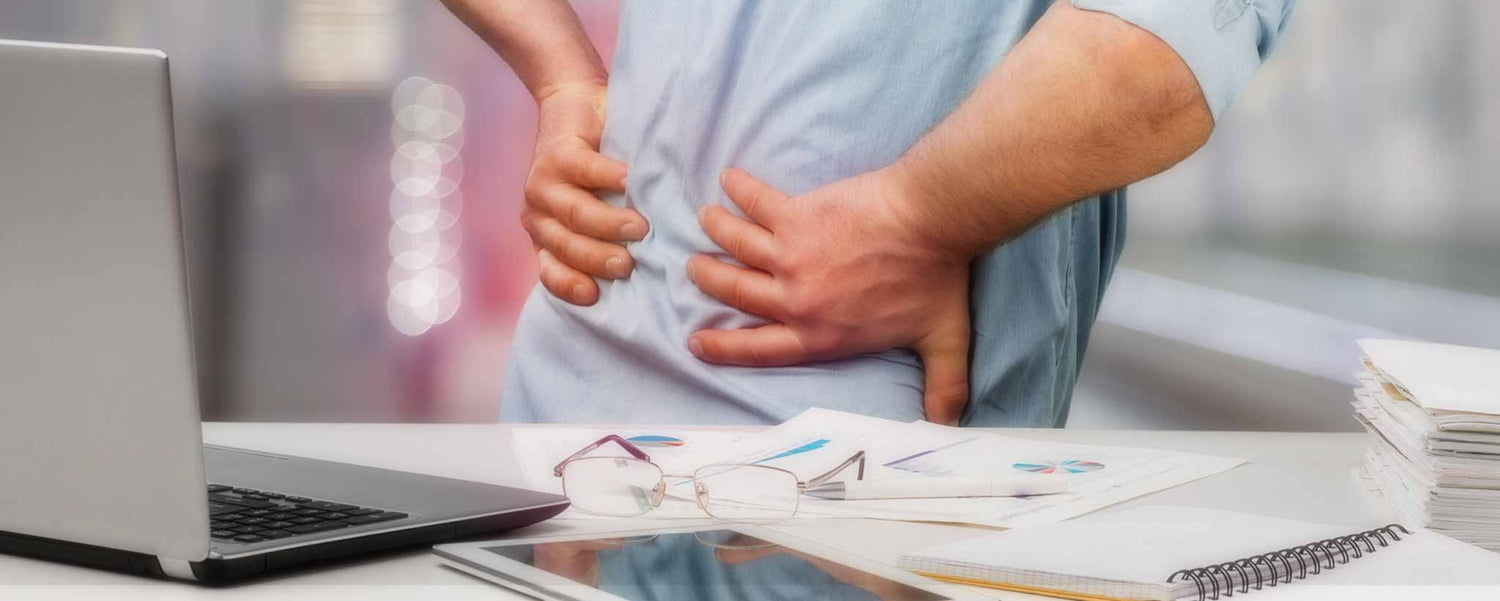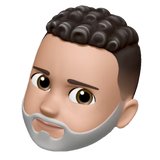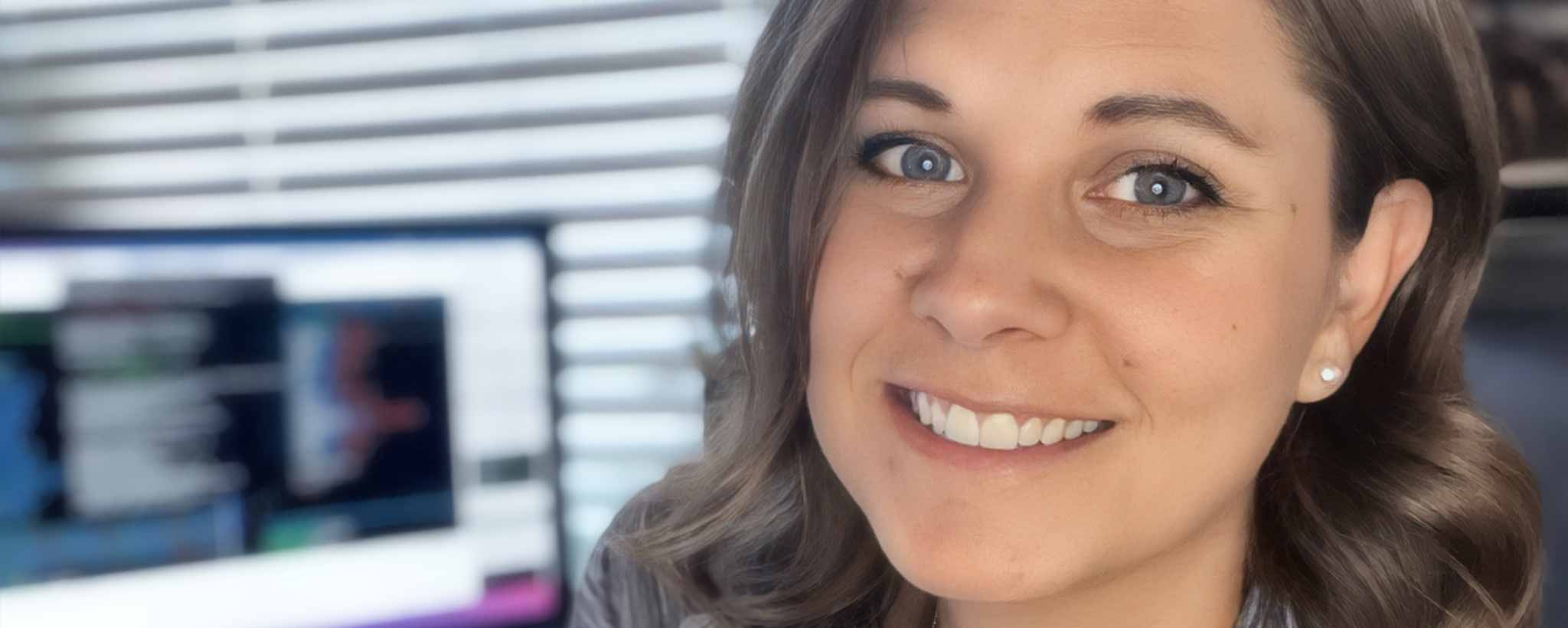Simple tasks like lifting boxes, rising out of bed, or putting on socks became a test of endurance. Why has this baffled doctors for years?
Publish 4 August 2022
Compounding Misdiagnosis
In my daily active life, I noticed a gradual back immobility. Stretching to reach my toes or bending side to side would relieve pressure. Months later, I began curtailing activities.
Repetitive lifting of lightweight boxes or perhaps a single heavy one increased pain, mainly in my right flank. Simple tasks like rising out of bed or putting on socks became a test of endurance.
Over-the-counter pain relievers help productivity but are not a long-term solution. I scheduled a doctor’s visit for answers. This led to more questions:
Doctor Visit Consultation
“On a scale of 1 to 10, what’s your level of pain?”
“It varies from 3 to 11. Right now it’s about 6.”
“Were you in an accident recently?”
“No”
“What type of trauma could cause this?”
“I don’t know?
“You should try taking Tylenol.”
“I’ve been taking them without significant relief for over 4 months.”
“I’ll refer you to an osteopath.”
Backache
An osteopath handles pain with non-invasive methods. Recommendations include vitamin supplements, topical ointments, and exercise. When these prove unsuccessful, he experiments with prolotherapy.
An ultrasound of my liver and gallbladder is unremarkable. An MRI focuses on the relatively healthy L-4 and L-5 lumbar region exhibiting incipient arthritis and minor protrusion without stenosis. This led to a pain management referral. Suspecting facet joint syndrome, spinal epidurals relieved most pain sensation for 18 months.
When the pain resumed, the osteopath issued temporary disabled placards and suggested more epidurals. Immobility results in weight gain, so I receive a referral to 6 weeks of weight management classes. Weight loss does not eliminate the pain.
Within the HMO, I schedule appointments with my primary to request an audience with a rheumatologist. She runs tests and discovers vitamin D deficiency. Then she referred me back to the same osteopath.
Abdominal Pain
Abdominal pain became another seemingly unrelated symptom. This led to a gastroenterologist referral. He desired to perform upper and lower endoscopy. However, the pandemic hit and postponed elective medical procedures and surgeries.
Two years later, with daily NSAIDs the norm, I break the cycle of referrals by changing health plans—or so I think. During the first visit, a new symptom shines light on a diagnosis—hematuria. A 3D CT scan of the digestive system reveals an oblong kidney stone measuring between 7 and 10.3 millimeters (0.4 inches). This explains the backache, abdominal pain, nausea, and blood in the urine.
A urology referral is 3 months away. As a new patient, I receive the next available urologist, new to the practice. Unprepared for the visit, he has none of the imaging records, but begins examining blood and urine results during the visit. He then orders an X-ray and makes a referral to a nephrologist 2 months away.
Emergency
Symptoms multiply with abdominal discomfort, nausea, constipation, and waves of sharp pain. Two courses of magnesium citrate relieved constipation, but not all abdominal discomfort. During an emergency room visit, 4-month-old imaging is repeated. Follow-up consultation recommends stone removal.
Detection of the stone causing years of discomfort spurred hopefulness, but the delays continued. With an X-ray of the disc, a follow-up appointment is scheduled 3 days before nephrology.
On that visit, I discovered that the urologist unilaterally canceled my appointment. The nurse offers to work me in. This turns out to mean waiting 2 hours for the medical group founder to consult during lunch hour.
Procedure
After a brief mea culpa for his colleague, the conversation focuses on scheduling a visit to break up the stone. The most effective method involves transurethral laser vaporization of the stone(s) with image guidance. On the way to the kidney, the surgeon takes photos of the bladder (cystoscopy) and inserts a temporary stent to hasten the exit of debris.
An alternate method does so through high-energy shockwaves. This can result in external bruising and possible kidney damage. It does not negate the need for cystoscopy and a stent.
Since neither eliminates the need for transurethral investigation, I choose the recommended, more expensive procedure. After meeting the insurance deductible, the cost will balance out.
Under general anesthesia, there is no discomfort during this surgery, absent incisions. Upon awakening 90 minutes post-op, I experienced sharp abdominal pains. Five courses of pain relievers lasted a maximum of 20 minutes each.
Post-Operation
Discharge would necessitate urination. However, the first attempt was unsuccessful. Drinking several cups of water and apple juice with an additional pain reliever and muscle relaxer extended my post-op recovery to 5 hours.
Finally, a painful combination of blood and debris was excreted. This reduced the abdominal pain from level 7–8 down to level 2. Discharge with 4 prescriptions was then possible.
Painful urination continued throughout the night. But the absence of right-flank pain at the prior location of the stone was welcomed.

Temporary stent extends from kidney to bladder.
Within a few days, the flexible stent is removed during a follow-up urology office visit. Even with a local anesthetic, the brief process is uncomfortable. Urine color migrates from red to pink, to yellow, and is mostly clear. A nephrologist can evaluate urinalysis months later.
Welcome Change
Years of misdiagnosis were the result of reliance upon antiquated equipment and narrow areas of specialization. The assumption of radiculopathy resulting from chronic L5 back pain prevented kidney exploration. MRI equipment was aimed at the spine. In-house ultrasound focused on the liver and gallbladder.
A new health plan with modern abdominal CT scans detected the kidney stone. It was not, however, initially regarded as urgent. In time, when it severely impaired daily function, the urologist took action. Ideally, patients should not need to wait months or years for proper diagnosis and treatment. If you are unsatisfied with your care, don’t recoil from voicing your displeasure or changing health plans.
To support the writing of useful articles about nephrology, ClinicalPosters sells human anatomy charts, scientific posters, and other products online. You may sponsor specific articles, become a ClinicalNovellas Member, or remit a small donation.
ClinicalPosters sells human anatomy charts, scientific posters, and other products online to offset expense of the writing useful articles about nephrology. Slide extra posters into DeuPair Frames without removing from the wall.
Show your support by donating, shopping for ClinicalPins, becoming a ClinicalNovellas Member, or leaving an encouraging comment to keep the research going.
To support the writing of useful articles about nephrology, ClinicalPosters sells human anatomy charts, scientific posters, and other products online. You may sponsor specific articles or remit a small donation.
ClinicalPosters sells human anatomy charts, scientific posters, and other products online to offset expense of the writing useful articles about nephrology. Slide extra posters into DeuPair Frames without removing from the wall.
ClinicalPosters sells human anatomy charts, scientific posters, and other products online. You may remit a small donation or become a ClinicalNovellas Member.
You can support the writing of useful articles about nephrology by sponsoring specific articles, becoming a ClinicalNovellas Member, or remitting a small donation.






 Romance & Health Intertwine. Fall in love with a captivating romance miniseries that explores the essence of well-being. Become a ClinicalNovellas member for heartwarming tales.
Romance & Health Intertwine. Fall in love with a captivating romance miniseries that explores the essence of well-being. Become a ClinicalNovellas member for heartwarming tales.





